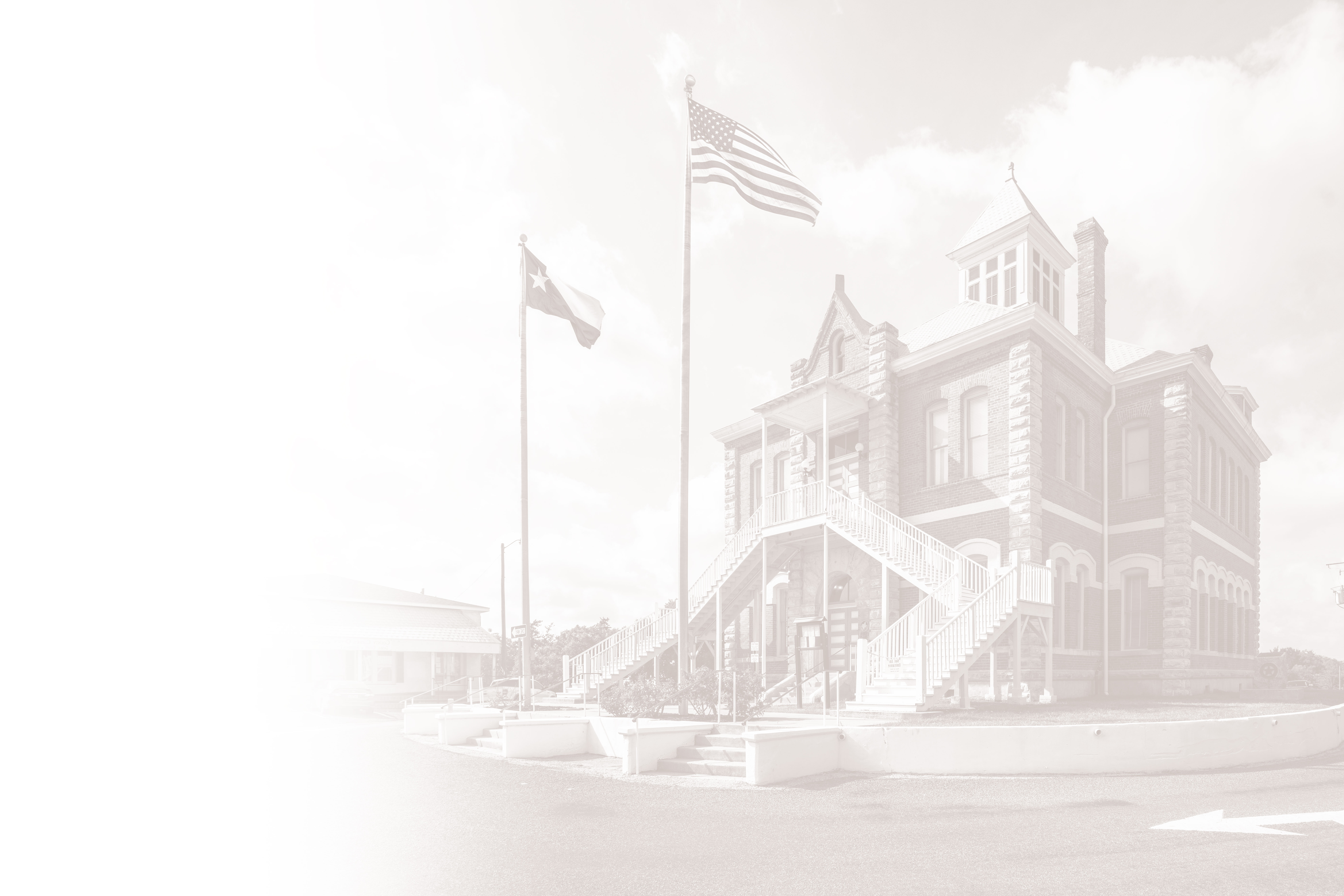
The THC Official Texas Historical Marker Program, inaugurated in 1962, includes the Recorded Texas Historic Landmark (RTHL), subject marker, and Historic Texas Cemetery marker programs. More than 16,000 markers now have been placed across the state, including more than 3,800 RTHL markers.
Recorded Texas Historic Landmarks are properties judged to be historically and architecturally significant. The Texas Historical Commission (THC) awards RTHL designation to buildings at least 50 years old that are worthy of preservation for their architectural and historical associations.
This is a designation that comes with a measure of protection under state law. The purchase and display of the RTHL marker is a required component of the designation process. The owner’s consent is required to nominate a property as a RTHL. Please refer to the Recorded Texas Historic Landmarks brochure for a full explanation of the designation and its legal requirements.
Criteria for Designation
Age
Buildings or other historic structures may be eligible for RTHL designation upon reaching 50 years of age. In some cases, structures older than 50 years that have been altered may be eligible, if those alterations occurred at least 50 years ago and took place during a significant period of the structure’s history.
Historical Significance
As with applications for subject markers, it is the responsibility of the applicant to establish, through written and photographic documentation, the historical significance of a structure.
Architectural Integrity
In reviewing applications for RTHL designation, the THC considers not only the historic persons or events associated with a structure, but also the architectural integrity of the building or structure. The structure should maintain its appearance from its period of historical significance and should be an exemplary model of preservation. In no case can a structure be considered for the RTHL designation if it has been moved or if artificial (aluminum, vinyl, asbestos, etc.) siding applied to its exterior within the preceding 50 years covers and/or alters its historic architectural materials or features.
For more information on the RTHL designation process, please contact the state historical markers program coordinator.
For more information about the review process for Recorded Texas Historic Landmarks, see our Project Review for RTHLs page.
Contact Us
If you have questions about the State Historical Markers Program, please contact the program administrator using the information listed here.
-
Phone:
+1 512-463-8769 -
Email:
markers@thc.texas.gov -
Address:
P.O. Box 12276
Austin, TX 78711
United States
